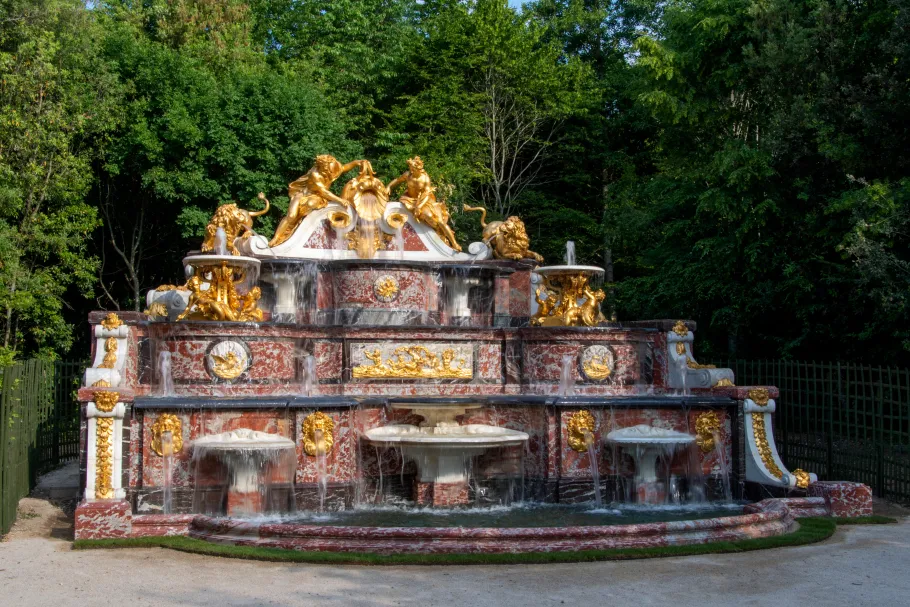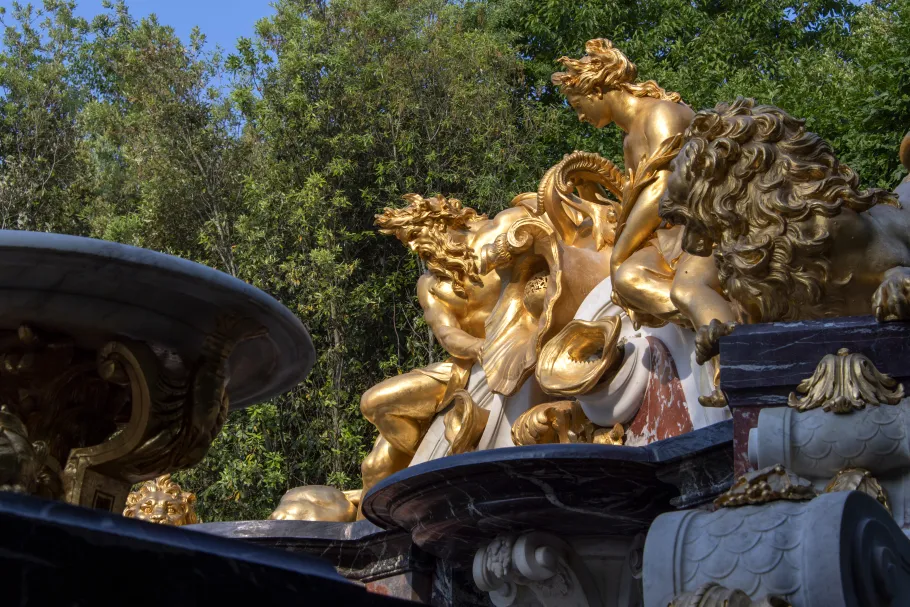Built in 1702 according to Jules Hardouin-Mansart’s plans and Louis XIV’s instructions, the Buffet d’eau is a masterful composition that is unique among all the gardens and groves of Versailles. Recently restored, the Buffet d'Eau fountain has been restored to its former magnificence, and visitors can once again enjoy its water features.

The restoration of the Buffet d’eau Fountain
THE BUFFET D’EAu AT THE HEART OF A HAVEN OF PEACE AND GREENERY
Closing
The Buffet d'eau is temporary closed.
Located one mile away from the palace of Versailles, the Grand Trianon was built by Jules Hardouin-Mansart in 1687 on the orders of Louis XIV as a hideaway for the king and his mistress Madame de Montespan. Emptied with the French Revolution, the palace was refurbished by Napoleon I on the occasion of his wedding with Empress Marie-Louise. During the Bourbon Restoration, Louis Philippe I lived there for a while before it was turned into a museum. It was only under the Fifth Republic that the palace recovered its residential purpose by welcoming visiting foreign heads of state.

Fountains
Discover the Belles Eaux de Trianon, every Tuesday, Thursday, Saturday and Sunday, and enjoy the Trianon gardens and their fountains, including the Water Buffet.
AN ARCHITECTURAL MASTERPIECE
The Buffet d’eau Fountain is the major component of the Trianon gardens. Built in 1702 by Jules Hardouin-Mansart, the Buffet d’eau underwent several transformations or adaptations to please Louis XIV. It consists of three red- and white-toned marble bleachers, similar to the Grand Trianon pilasters and perfectly completing the harmony designed between the palace and its surroundings. The pond is topped with mythological lead figures that used to be gilded.
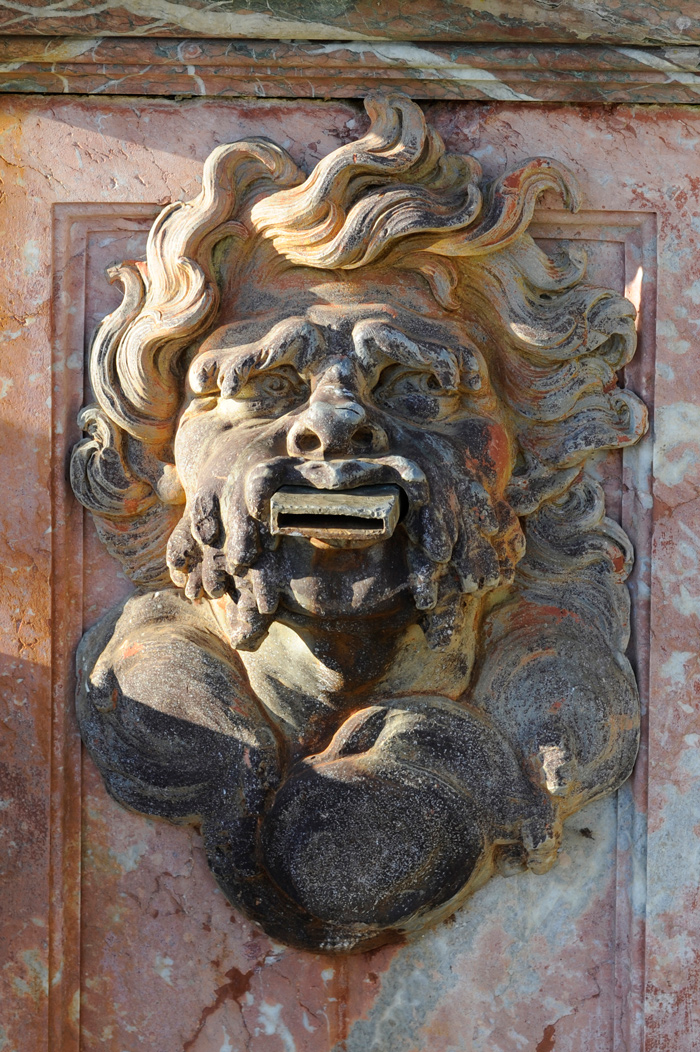
A MAJOR RESTORATION PROJECT
The last renovation of the Buffet d’eau dates back to 1897, and a global restoration of this monumental fountain is being planned for this winter 2021 until spring 2023, thanks to the patronage of the Foundation Bru. It will cover the entire composition, the restoration of the fountain and its watertightness, as well as the requalification of the fountain's surroundings, which give it its charm.
Photos
Patronage
The restoration of the Buffet d’eau Foutain is made possible thanks to the exceptional patronage of the Foundation Bru.
This foundation has also contributed to the restoration of the Trianon's hydraulic loop system, which will allow the fountains of Trianon to be put in water more regularly.
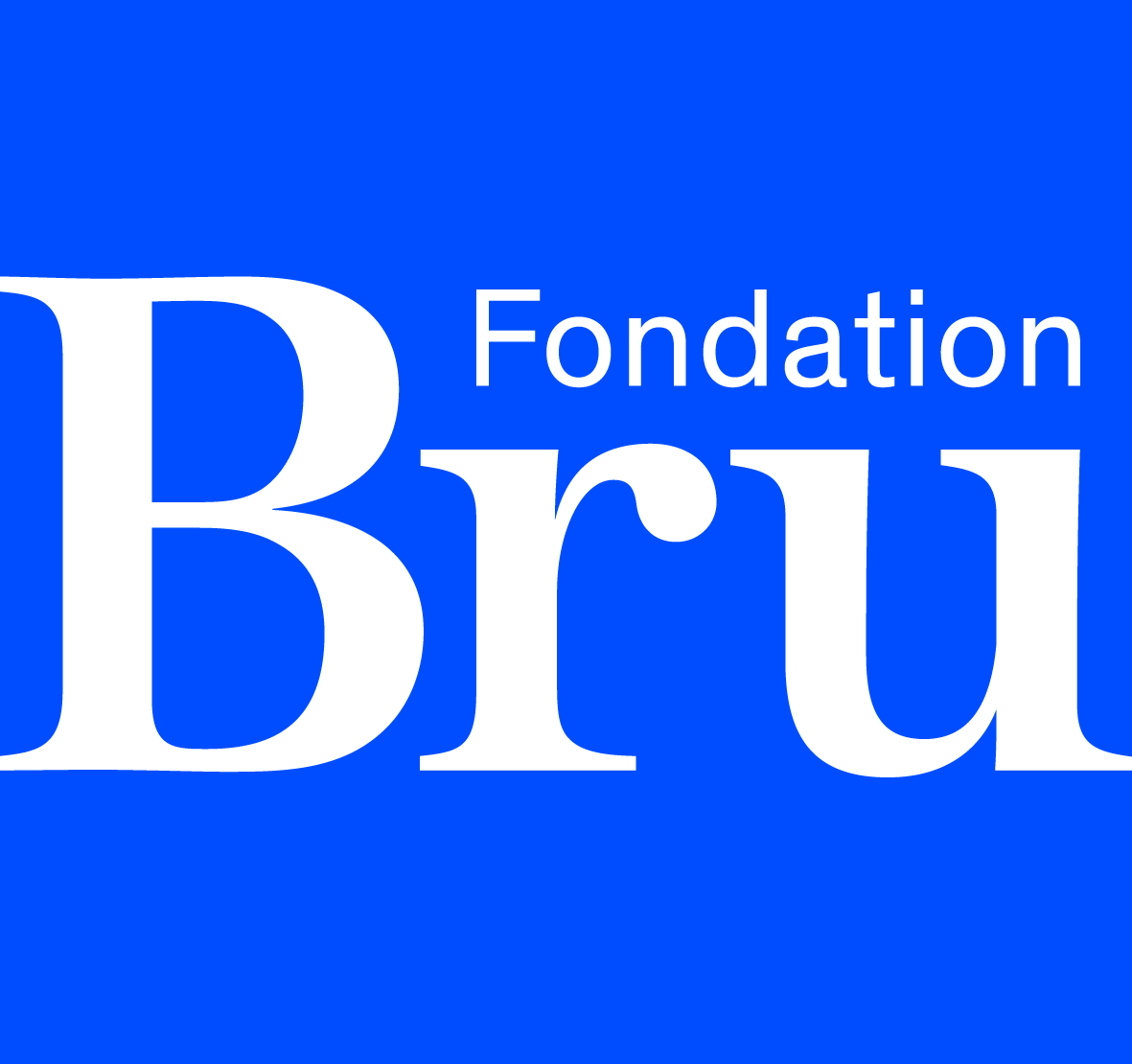
Interview
Interview with Gilles Bultez, head of the Water and Fountains Department at the Palace of Versailles, who is helping restore of the Buffet d’eau Fountain.
- Can you tell us a bit more about this project?
This project has been floated around for many years now, and fountain experts have been waiting. Even if the basin of the Buffet d’eau Fountain were filled with water, it’s simply not stable, and its structural state is worrying. Water seeps into the stonework, leaching out of the masonry between the stones and destabilizing the structure. A full-scale restoration is overdue.
I remember broaching this subject years ago to Madame President, who made repeated efforts to find a financing partner. Finally, a patron responded to our call.
- What are the stages of this project?
The first step is taking apart each piece of marble, followed by a large-scale dismantling of the stone massif. Then, we’ll add soil to stabilize the massif, and the masons refurbish the eroded stones. Next, the fountain workers will ensure that the basins and underground systems are watertight, all while resetting the marble. The final step to the restoration is putting the statuary and lead pipes back in place.
- What does your role look like?
Our job is to cut and set the lead pipes that run through the bottoms of the basins, by taking apart the entire lead sealing structure and ensuring at every step that the joints with the stone are watertight. This meticulous work requires careful organization and coordination, since the cumbersome and heavy lead requires us to plan ahead about how to set every piece to get it in the right place.
There’s also precise soldering to be done, since we need to carefully join the lead systems together to form dilating joints.
- How is this work on the Buffet d’eau Fountain different from your past projects?
The chief difficulty in the Buffet d’eau Fountain project is coordinating with the marble-worker and the head architect to ensure that the lead system behind the marble is perfectly watertight. It’s a delicate balancing act involving every part of the basins.
This will be the final stage of three years’ of work. It will allow us to present all the fountains of Trianon, either restored (like the square fountain and the Buffet d’eau Fountain) or with restored coping stones. Thus, the fountains will be pumping and looking their best all for the pleasure of our visitors.
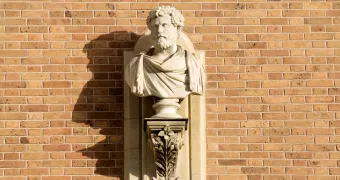
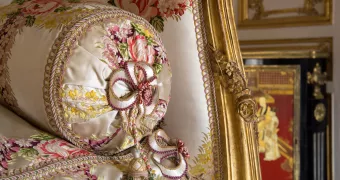
Patronage
Refurnishing the royal appartments
Bringing the Palace of Versailles back to life and returning it to the image of a Palace full of life.
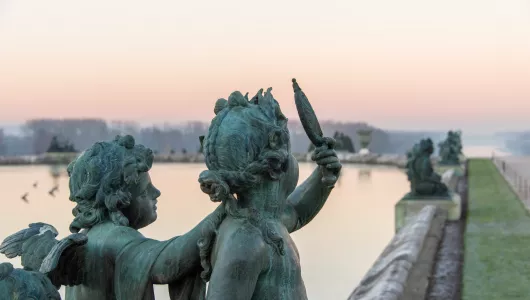
Become a patron
Individuals, companies, foundations, help the Palace of Versailles to shine worldwide. From just five euros, anyone can contribute to a patronage project and be part of the history of Versailles.
How to become a patron


